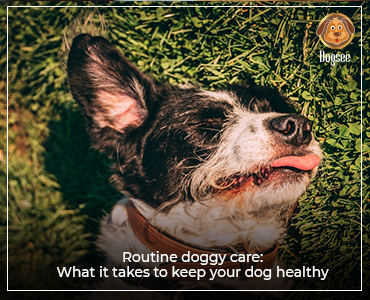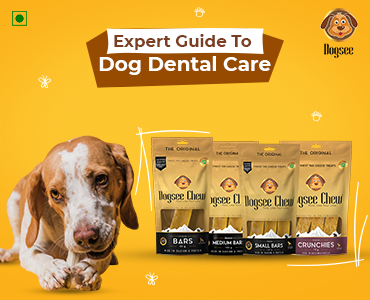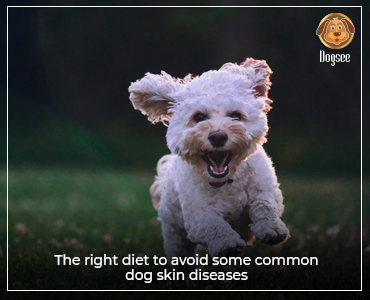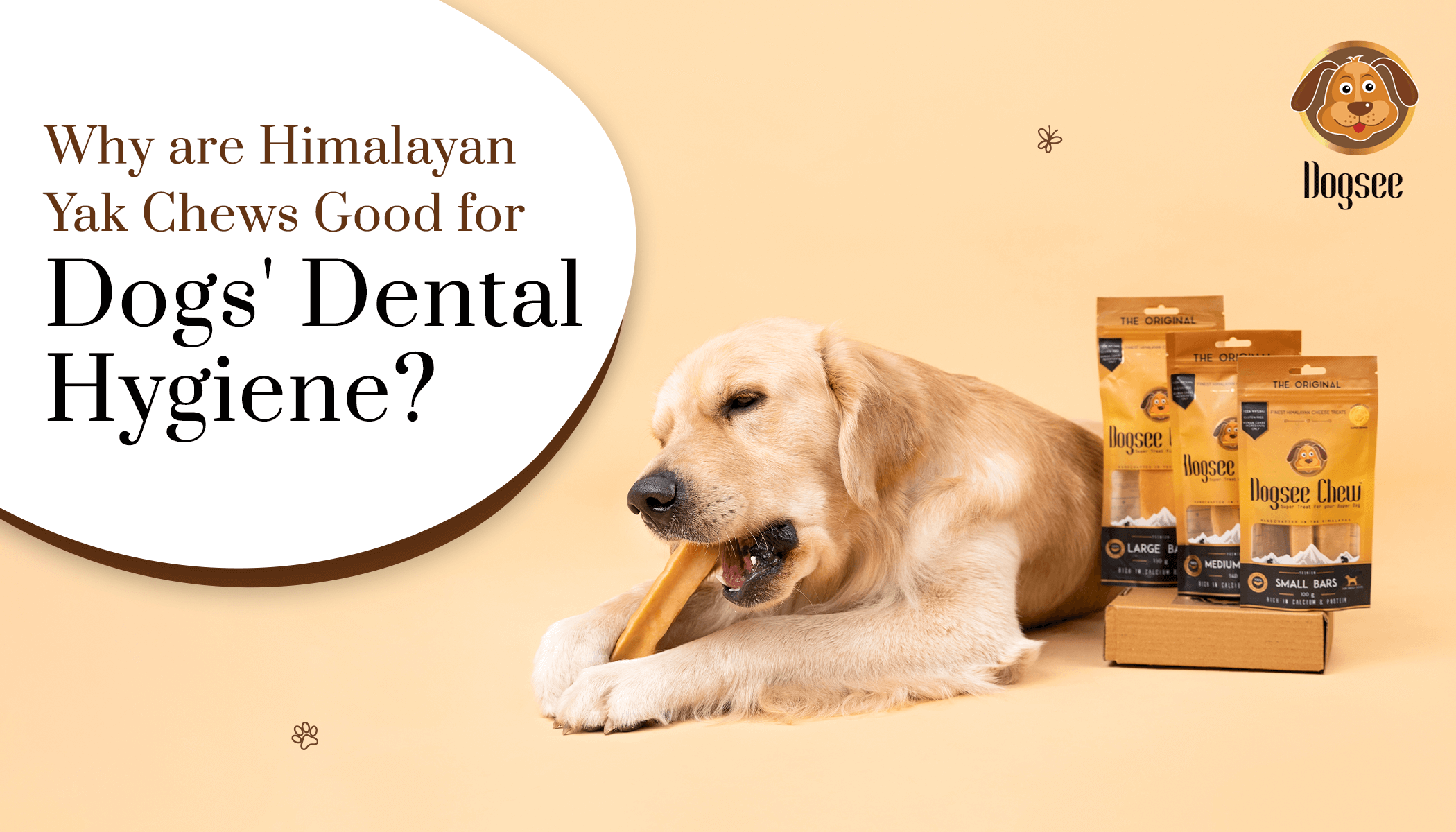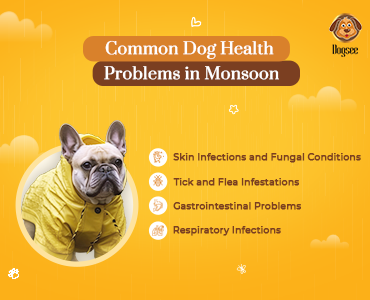Looking for some guidance on how to care for your dog’s health? You’ve come to the right place.
Training
Training is a crucial element in raising a happy and healthy dog. Your dog loves you and would do anything to make you happy - because you are their world. They try their best to do so, but sometimes, they have a hard time understanding what you need from them. The best way to avoid this disconnect is through behavioral training.
Now you and your dog speak different languages. The best way to communicate with your dog is through food - because they speak “food” and they understand that if they perform the desired behavior well, then they get rewarded with treats. This is how dogs differentiate between “good” and “bad” behaviors. It sounds so easy yet it gets a little tricky because you want to choose the best treat based on the training.
House Training
If you have a puppy in the house, then you’ll want to make sure there’s someone who can take him/her out every two hours. No matter how much you try to train a puppy and how much they want to make you happy, their bladder is just too small to hold it in for longer. If you have a busy work schedule, hire a pet sitter, or ask your neighbor to take the pup out every couple hours.
If your dog is an adult, they need to be taken out at least 3-4 times a day. The good thing about adult dogs is that you can train them to be housebroken - meaning you can let them roam freely without having to worry about them getting into trouble or destroying your belongings. The trick is to use long-lasting chews that will keep them occupied for a long time and keep them away from your belongings.
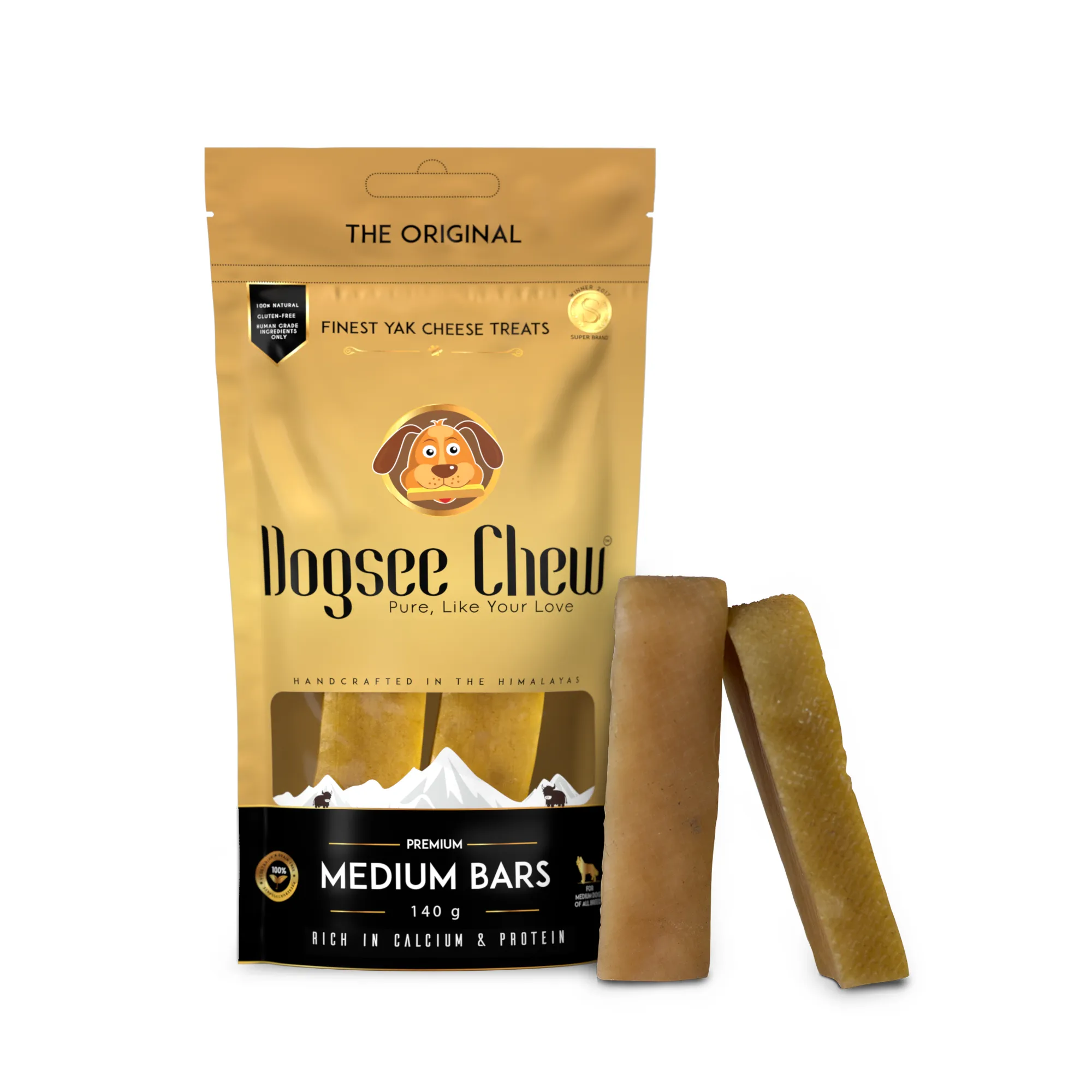
Basic and Advanced Commands
It’s great for you to teach your dog basic commands like sit, lay down, and come - these will be extremely beneficial when you’re outside in a crowded area with a lot of stimuli. Repetitions are the key to the success of these training sessions so you can really engrain the behavior. And, to do so, you will need bite-sized training treats.
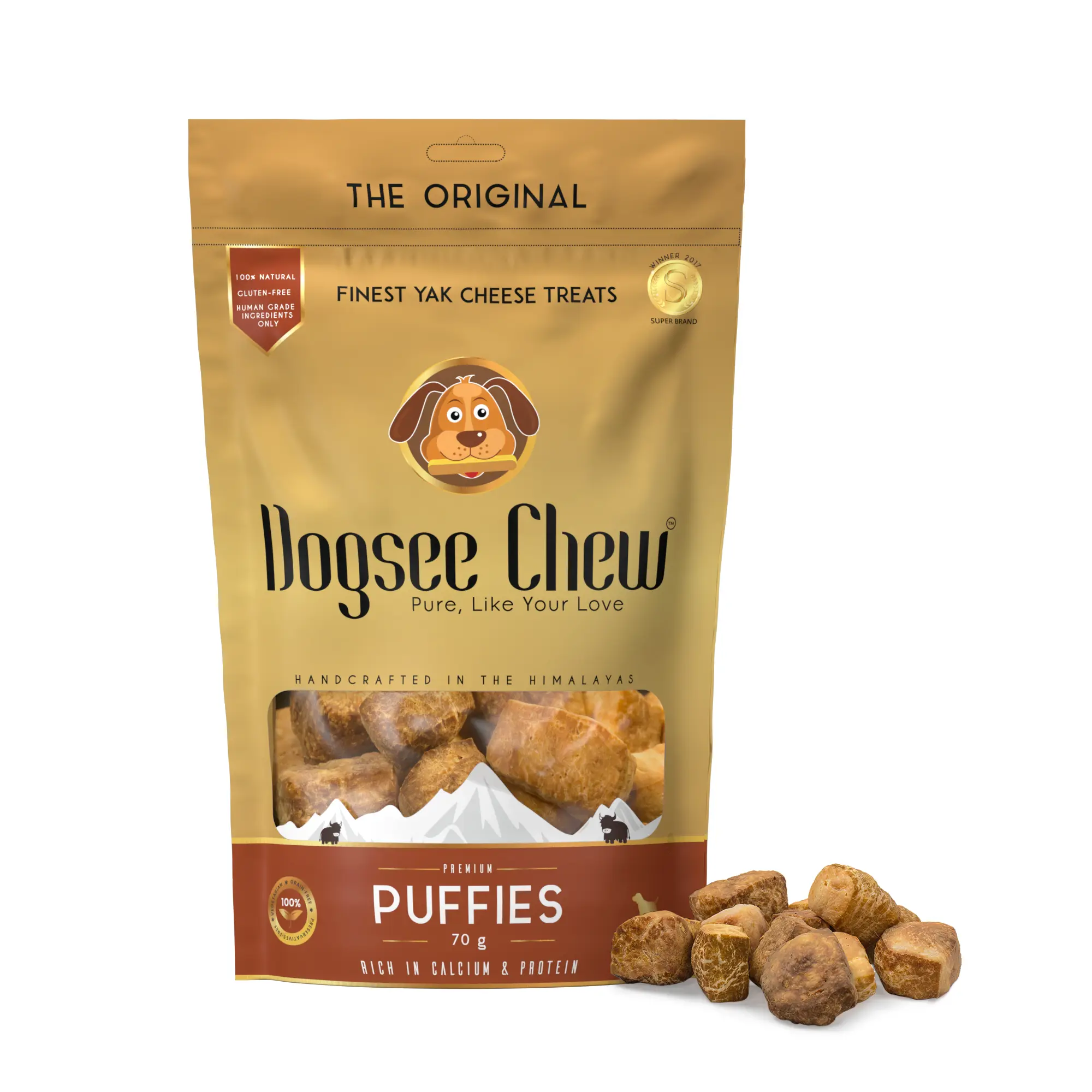
Now, if you want something extremely healthy for your pets, you can even give them fruits/veggies treats that are made from single-ingredients which are then freeze-dried to keep the nutrients intact. This way, your dog is not only getting delicious treats but also treats that benefit his health.
Socialization: Dogs are pack animals who love to be part of the crowd. This is the environment where they thrive. If you have a puppy at home, once the veterinarian clears your pup, start taking him/her to dog parks and organizing play dates with other dogs. Socialization from an early age helps keep their natural pack instincts alive.
Sometimes, if you adopted a young adult/adult dog from a shelter who has had a rough past, they may have behavioral issues such as social anxiety. It’s important that you work with them patiently and help them move past this hurdle - because they want to be playing with other dogs, it’s just that their past experiences have molded them into anti-social selves.
Veterinary Care: Vaccination is a crucial part of your dog's overall health and well-being of your little one. They protect your best friend and build their immunity against diseases. When they are puppies, they need frequent vaccinations starting as early as 6 weeks to keep them protected against diseases.
Here is a list of vaccinations your puppy will need: Once your puppy reaches adulthood, your veterinarian will then administer adult vaccination aka adult boosters that are a variation of the puppy vaccines. Adult vaccines are not as frequent as puppy vaccines and follow a different schedule. These include:
DHPP - 1-3 years
Leptospirosis - 1 year
Bordetella - 6 months
Rabies - 3 years
Lyme - 1 Year
Canine Influenza - 1 Year
Your dog will also be given heartworm, flea & tick preventative - starting at around 8 weeks of age - that can either be given at home.
In addition to these vaccinations and medications, your little one needs regular veterinary care to ensure that they are healthy - because some symptoms and/or diseases are invisible to the naked eye. It’s also recommended to get your dog professionally groomed and cleaned once in a while to really ensure good health and well-being.
*This is a general schedule of vaccinations, and each dog will have different needs. All in all, talk to your vet about what’s best for your dog and listen to their professional advice to keep your pup healthy and happy.
Grooming
Dental: Did you know dental diseases are one of the most common diseases in dogs? After eating, when leftover food particles come in contact with saliva, it starts building plaque that, if left untreated, turns into tartar.
Plaque and tartar can form in 24 hours - even after brushing. And, cleaning your dog’s teeth can be time-consuming and difficult to do every day. This is where dental chews come in to save the day. Dental chews maintain your dog's dental hygiene in between brushing and contain special enzymes that break down plaque buildup and prevent the formation of tartar and other dental diseases.
Having said this, the most effective way to maintain your dog’s dental hygiene is to combine dental treats with a weekly brushing routine and professional cleaning.
Eyes: Dog’s eyes are a part of the grooming routine that often gets overlooked, but it’s important to have regular eye checks and maintenance. Get some eye wipes and gently wipe around their eyes to get rid of tear stains a few times a week. It’s also a good idea to look for any signs of redness, swelling, or unusual discharge to catch any infections. If you do notice any of these conditions, check in with your vet to treat them early.
Brushing & De-Matting of Fur: Brushing varies depending on your dog’s hair length. Long-haired and medium-hair dogs need daily brushing, and short-haired dogs can do away with being brushed once or twice a week to get all the mats and knots out.
When you avoid regular brushing, the mats and knots get tangled up, and can sometimes lead to painful skin irritations and infection. So it’s best to consult your vet and follow their recommended grooming routine. Sometimes, dogs are completely against being brushed by their parents. If this is the case, take them to a professional groomer. It helps your dog look and feel good.
Nails: This part of the dog routine is normally the least favorite of dogs and dog parents. But it is something that needs to be done because long nails can split and affect your dog's ability to walk.
Nail trimming is tricky because you have to ensure that you cut it to the “right” length - you don’t want to leave it too long or cut too short - this can be especially painful. The general rule of them is to make sure that your dog’s nails don’t come in contact with the floor when they’re standing. If you can hear their nails clicking when they walk, it’s too long.
But be conservative. Start by cutting little by little because there’s a nerve that runs through the nail called the “quick” If you “cut to the quick” then you can severely distress your dog. The quick is sometimes hard to spot - especially if your dog has dark-colored nails.
If your dog has dark-colored nails, look at the cross-section of the nail after each cut. If you see a black spot at the center that looks like a narrow bone, stop cutting - you’ve neared the quick. If your dog has light-colored nails, look at the center of the nail - if you see a pink spot, stop cutting any further.
Ear: Caring for your dog’s ears is important and also can be challenging. The best way to clean their ear is to get a clean cotton ball, pour a few drops of some ear cleaning solution, and rub gently around their ears. You want to avoid pushing their cotton ball too far into their ear, as this can rupture their eardrum.
If it’s your first time cleaning your dog’s ears at home, you can always have your vet demonstrate proper ear cleaning techniques. Or, if you have a dog that won’t let you clean their ears, have your vet clean their ears during regular checkups.
Paw: Your dog’s paws do more than allow them to walk on rough surfaces, they also protect your pooch's bones and joints from shock. Here are a few tips to ensure their paws stay in top shape.
- Moisturize their paws with natural paw balms or pomade to prevent dryness and cracking. Make sure you’re getting each toe and also in between the pads.
- Check for any cuts, wounds, splinters, or anything that could be stuck in their paws as soon as you get back from a walk. If you notice a small cut, treat it with an antibacterial wash and wrap the paw in a bandage. If you notice a deep cut, take your dog to the vet.
- Avoid walking in extreme weather conditions - in summers, take them out during early mornings/evening when it’s a bit cooled down.
Nutrition: The most vital part of maintaining your dog’s health and well-being is feeding your dog healthy food and treats. What you feed your dog varies depending on their nutritional needs - and this can slightly vary from dog to dog. But there are a few essential elements that are non-negotiable when it comes to choosing food and treats.
Healthy life starts from within, and the key to getting your dog on the “right diet” is by choosing ingredients that are natural ingredients without preservatives or chemicals. Usually, commercial pet food is heavily processed, and in this process, they’re basically sucking out the natural nutrients of the ingredients, so they have no choice but to go back in and add “nutrients” aka preservatives. These preservatives, when they react with the natural component of ingredients, turn toxic - and when they enter your pup’s bloodstream, they damage their health. It’s not so obvious that you’ll be able to spot it day one, but gradually it can lead to organ failure, serious illness, and even go so far to reduce your life expectancy.
So the next time you're shopping for pet food, take a look at the ingredients. If they are all-natural, they shouldn’t sound like a chemical component. If they do, your dog will do best to stay away from them.
The same rule applies when it comes to treats. Because your dog only eats pet food 2-3x a day, but in between, they are eating treats. So, it’s best to feed treats that are also all-natural, handcrafted without any preservatives or chemicals.
If finding all-natural pet food wasn’t hard enough, finding all-natural treats is even harder - but Dogsee Chew has what you are looking for and more. These treats are not only all-natural, but they are also human-grade and avoid allergens such as grain/gluten - music to the ear of dog parents who have dogs with grain/gluten intolerance or a sensitive stomach - you can even get single-ingredient treats that are just as they sound - they only contain one ingredient: apple, banana, beetroot, or coconut - so you can avoid ingredients that just doesn’t sit well with your dog.
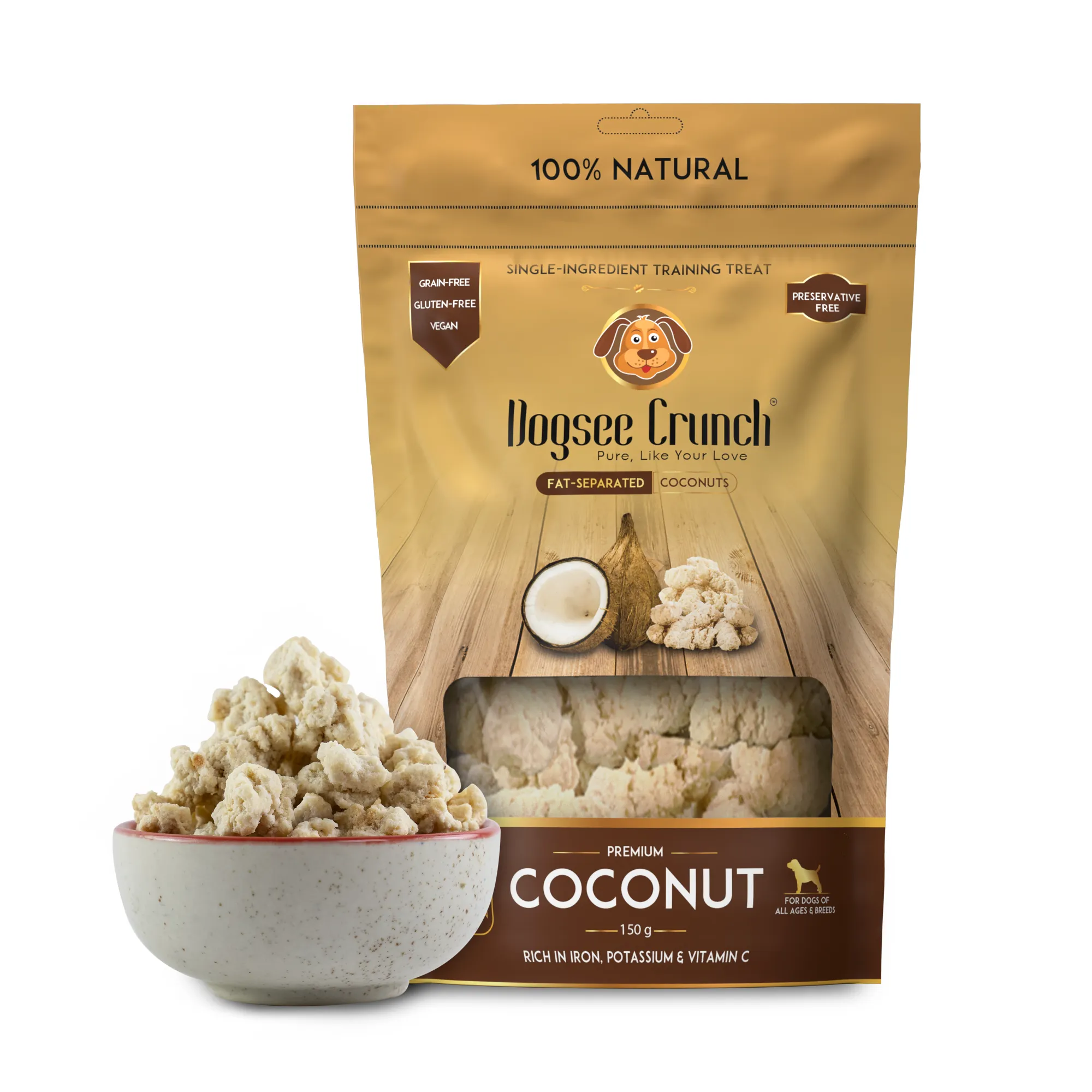
And if your dog follows a vegan/vegetarian diet, no problem. Dogsee Chew treats are either vegan or vegetarian. Maybe you have a senior dog who just doesn’t have the strong teeth for dental chews, Dogsee’s puffed treats are just soft enough for them to enjoy delicious treats but hard enough to remove plaque and tartar buildup, and keep their breath fresh. Whatever need you have, Dogsee Chew treats have you covered.
There’s more (yes, it’s hard to believe) - these treats are not only scrumptiously delicious but they also offer an array of health benefits - from weight management and strengthening immunity to helping the formation of hemoglobin and red blood cells.
Bottom line: Taking proper care of your dog sounds like a lot of work - and it is - but it keeps them happy and healthy, and most importantly, it ensures that you get more time to stare into their precious little eyes and make memories together!
 HELPFUL0 people found it helpful
HELPFUL0 people found it helpful
Related Blogs
Subscribe to Our Blogs
and never miss on the latest update!








